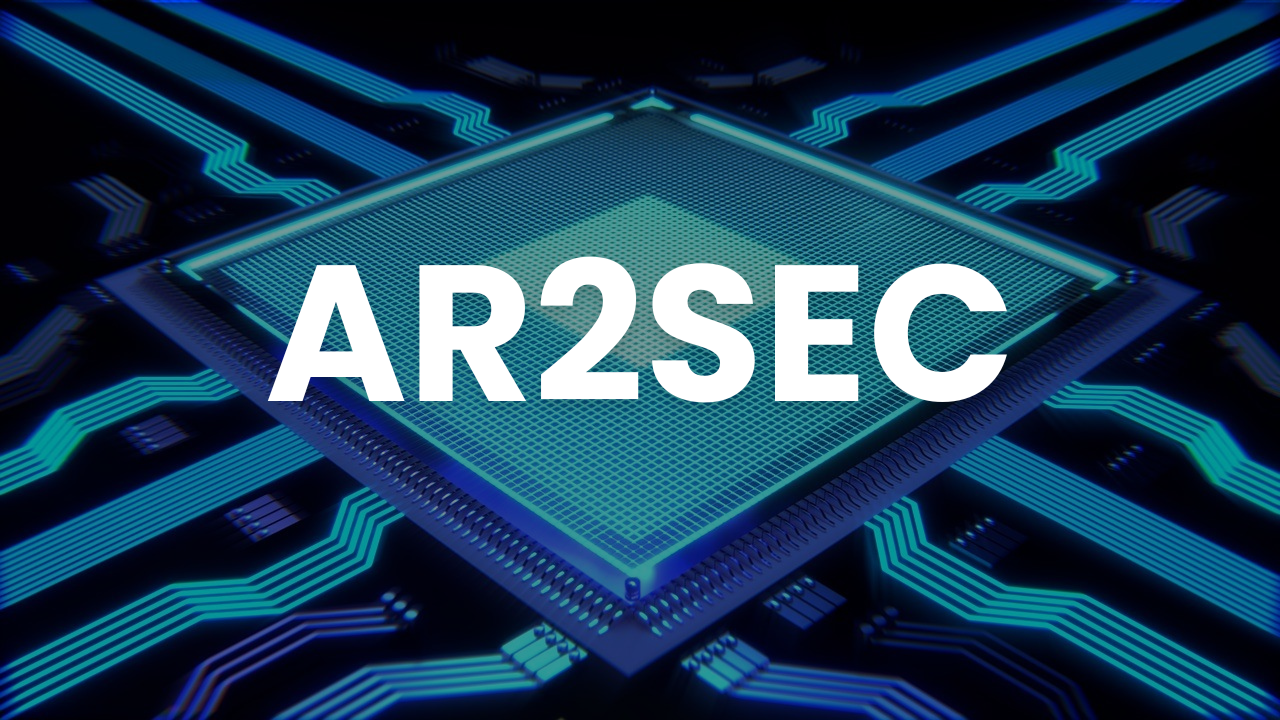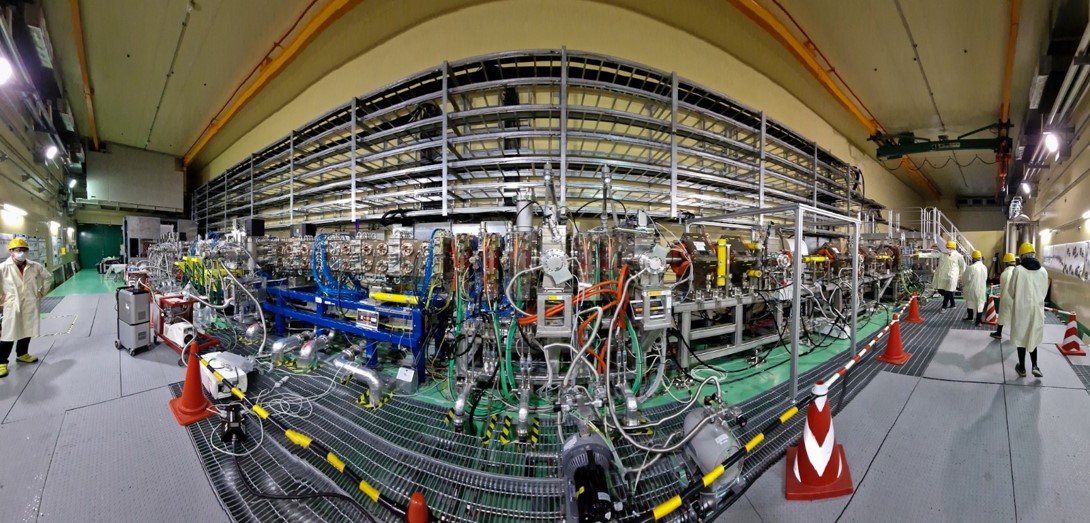Javier Varas, Science and Technology Operations Manager at GTD, company involved in the ITER project
ITER will produce clean energy using abundant fuel One of most ambitious scientific projects in history has a significant connection to Barcelona. ...

ITER will produce clean energy using abundant fuel One of most ambitious scientific projects in history has a significant connection to Barcelona. The project is called ITER and its objective is to revolutionise the energy sector. It’s a large-scale experiment that tries to prove that energy through nuclear fusion is possible. This multinational collaboration brings together the European Union, China, Japan, India, the Republic of Korea, the Russian Federation and the US.The European contribution to the project is in the range of 45%, which is the largest among all parties.Fusion for Energy (F4), is the EU organisation managing Europe’s contribution to ITER and its seat in Barcelona.The ITER is under construction in Cadarache, France. Its site is gigantic, occupying an area equivalent to the size of 60 football fields, and its cost is expected to be in the range of 14.000 million euros.The Barcelona-based precision engineering company GTD will be responsible for their instrumentation and control systems. Javier Varas, GTD’s Science and Technology Operations Manager, explains the project and the role of his engineering team. The objective of the ITER project has been described as “reconstructing the sun”. It sounds a bit exaggerated…But it’s a good metaphor to be able to understand it. With the reasonable parallelism, the reaction produced by a star is what we try to achieve in a controlled manner in ITER in order to produce energy. Although the implementation is totally different, it’s a demonstrator of the future fusion reactor. What are the real goals of the ITER project?With ITER, we try to generate clean energy from essentially abundant fuel. We try to prove and validate that it’s possible to do so on a larger scale and in a sustained manner. The objective is to begin having plasma around 2020 2025.Then, ITER will keep evolving for a decade so that we monitor its performance and learn more about fusion. to study the fusion. Later, there will be another reactor, DEMO, a prototype for its application in an industrial plant.Once the DEMO is validated and reviewed, it would be one of the first nuclear fusion reactors to be implemented. How exactly does your department at GTD participate in the project?For the last 4 years, we’ve been working with F4E on different elements of ITER, from aspects regarding real-time or security of the equipment, to magnetic field diagnostics.We’re also doing some really interesting things when it comes to robotics. It’s a very transversal participation.How did you end up working on a project as big and important as this one?I’m a telecommunications engineer specialised in control systems. I started at GTD as project engineer, but straight away I started working on what would later become the advanced control departments. From 1995 I’ve been working continuously with scientific facilities. What other kinds of projects does the Science and Energy department work on?We provide instrumentation and engineering control services for scientific facilities, like the European Organisation for Nuclear Research, CERN. We also work for the European Space Agency and the Catalonian Synchrotron. We have a long track record when it comes to large facilities, and ITER is the piece that was missing. How about the more conventional and not so revolutionary part of the energy sector?For Gas Natural Fenosa, for example, we’re managing fleets of vehicles fuelled with liquefied natural gas. Energy management is very transversal and it poses challenges when it comes to control and monitoring. Because of the skills of our people, who are very well-prepared to work with highly complex systems, we’re able to face new challenges and find new solutions in any field. And all from your Barcelona beach-view office…We practice engineering at the highest level from the Mediterranean. Technical knowledge can be acquired in lots of places, but you also need to add a personal touch. Mediterranean engineering?Yes, our working culture is associated with the Mediterranean culture, which impregnates our way of operating. GTD specializes in complex applications, which forces us to always be on our guard. Our way of working must necessarily be different because it needs to keep adapting. The differentiating factor no longer is getting things done, but doing them in a distinct way. I have a team that I’m very proud of, in which everyone fully complies with their obligations. We’ve put together a team of enthusiastic, young people who are eager to achieve things. Spearhead of the most sophisticated engineeringGTD’s first highly complex energy project was the `Super Proton Synchrotron´ (SPS), a particle accelerator located in Switzerland. The systems that GTD has developed for this accelerator never had any incidents. Partly, because of this project, GTD was chosen to develop the control and monitoring systems of the cryogenics for the `Large Hadron Collider´. Javier Varas and his team also designed the unified control centre of the European Organisation for Nuclear Research. Now, in addition to the developments for ITER, their next great challenge is to break the glass ceiling when it comes to robotics software. Another one of their important goals is to help create intelligent energy management systems for the homes of the future. Source: La Vanguardia





.jpeg)












